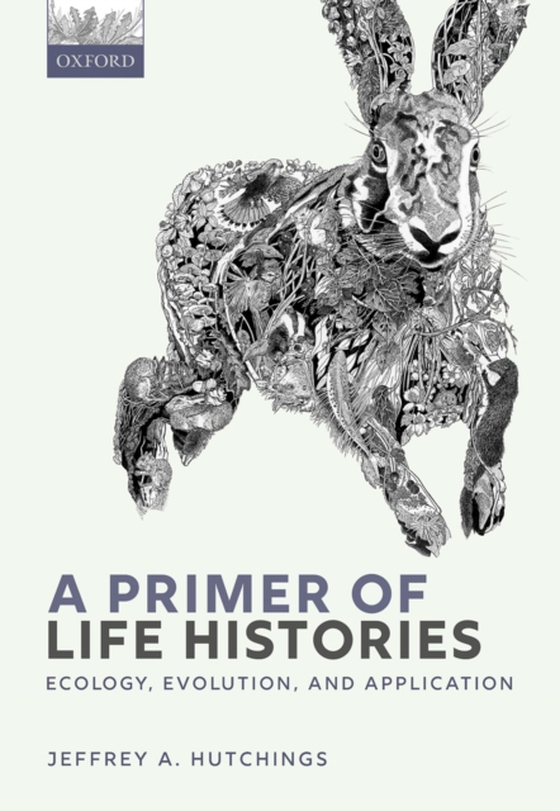
Primer of Life Histories e-bog
360,12 DKK
(ekskl. moms 288,10 DKK)
Life histories can be defined as the means by which individuals (or more precisely genotypes) vary their age- or stage-specific expenditures of reproductive effort in response to genetic, phenotypic, and environmental correlates of survival and fecundity. Life histories reflect the expression of traits most closely related to individual fitness, such as age and size at maturity, number and size...
E-bog
360,12 DKK
Forlag
OUP Oxford
Udgivet
15 september 2021
Længde
208 sider
Genrer
Evolution
Sprog
English
Format
pdf
Beskyttelse
LCP
ISBN
9780192576255
Life histories can be defined as the means by which individuals (or more precisely genotypes) vary their age- or stage-specific expenditures of reproductive effort in response to genetic, phenotypic, and environmental correlates of survival and fecundity. Life histories reflect the expression of traits most closely related to individual fitness, such as age and size at maturity, number and size of offspring, and the timing of the expression of those traits throughoutan individual's life. In addition to addressing questions of fundamental importance to ecology and evolution, life-history research plays an integral role in species conservation and management. This accessible primer encompasses the basic concepts, theories, and applied elements of life history evolution, including patterns of trait variability, underlying mechanisms of plastic/evolutionary change, and the practical utility of life-history traits as metrics of species/population recovery, sustainable exploitation, and risk of extinction. Empirical examples are drawn from the entire spectrum of life. A Primer of Life Histories is designed for readers from a broad range of academic backgrounds and experience including graduate students and researchers of ecology and evolutionary biology. It will also be useful to a more applied audience of academic/government researchers in fields such as wildlife biology, conservation biology, fisheries science, and the environmental sciences.
 Dansk
Dansk

